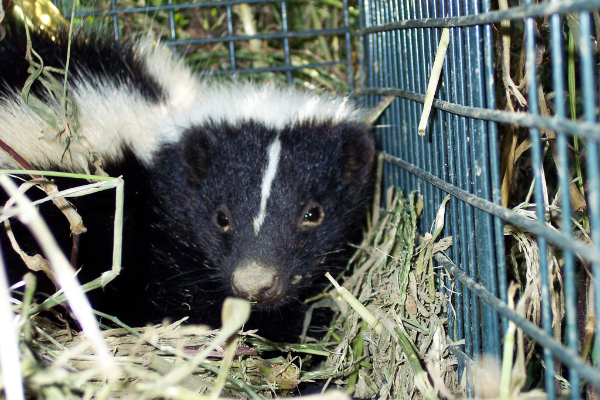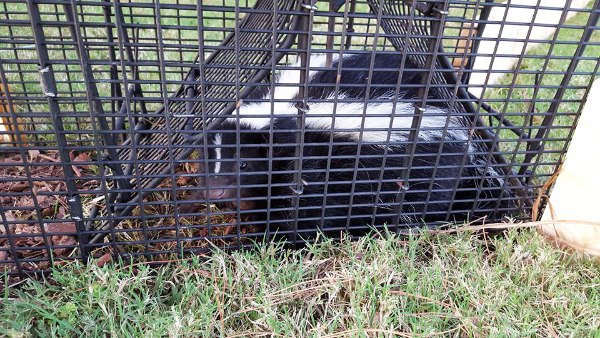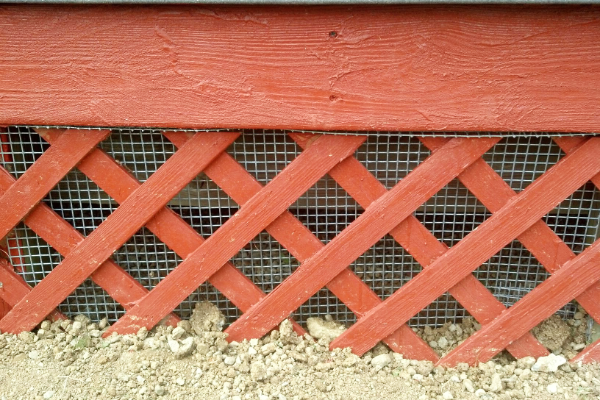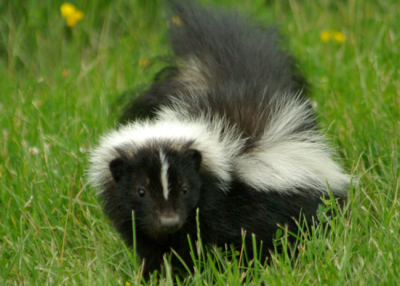DIY Skunk Removal

Skunks are a common problem because they seek out shelter when the weather becomes worse, similar to other animals. Skunks will typically look for an ideal shelter during the early months of winter and will seek out a mate during the later months.
Unfortunately, when a skunk seeks out a mate, female skunks often spray as a defense mechanism. This can leave areas of your house smelling bad. Skunks may also have a litter of kits if they are successful at mating.
While these kits can look very cute, they can be very problematic in your home. Since they are newborns, they startle very easily. This often leads to them spraying, which can further exacerbate the problem of a bad smell in your home.
So for these reasons, it is best to get rid of a skunk entering your home as soon as you can. While hiring a professional will be helpful in aiding the removal of the skunk, there are steps you can take to get rid of them yourself.
The Removal Process
Here are the steps you should take to get rid of your skunk problem. In summary, the best practice to deal with skunks is to trap them quickly, find the entry point, and either block it off or repair it.
Trapping The Skunks

Live trapping is one of the most effective ways to evict the animals. Also, keep in mind that it is possible to trap and remove the skunks without getting sprayed. You should set up traps near the entry point that the skunks are using. It is ideal to capture adult skunks.
The first step you need to take is selecting your skunk trap. The best traps to use for catching a live skunk are typically 25-35 inches long. You also have to consider whether you want to buy a 1-door or a 2-door trap. Both traps have benefits, so it will come down to preference.
The 1-door trap is what is typically used by professionals. They do a better job of protecting the bait from the skunks. Another benefit of using a 1-door trap is that skunks are more likely to enter the trap all the way.
The 2-door trap’s major benefit is that it provides a higher catch rate, due to the fact that it has two different entry points for the skunks. They also provide the user with more versatility, because you can set the trap with either one or two doors open.
You also need to make sure that you use the right type of bait to lure the skunks and position it correctly for the best results. Ideal selections for bait include dry cat food, bread with peanut butter, or any oily meats. You should position the bait so that it draws the skunk all the way into the trap and forces them to step on the trigger plate.
Seal Off The Entry Points To Prevent Further Problems

Once you have trapped the skunks and gotten them out, you need to prevent them from coming back. The most important factor in doing this is actually sealing up the entry points that they have been using.
To find the points of entry, you should smell around your house and find the locations where the smell is the strongest. Also, keep in mind that skunks are not good climbers, so they likely did not enter anywhere on the roof.
If you can’t find any areas in your home where the smell is particularly strong, do the same test around the outside of your home. Remember that skunks often take refuge under decks and porches, so it is important to check these areas of your home.
When you are outside, search out any areas where you see digging. Skunks are known to dig under your house, and from there they can climb up into different areas of your home.
One method that works well for trapping skunks is what’s known as the exclusion method. This involves sealing off all of your entry points except for one. Then you place the traps near that remaining point, and the skunks are forced to go towards the trap.
Using Repellant To Discourage Skunks
Another important factor when dealing with your skunk problem is ensuring that the animals do not come back once they are removed. Using a repellant spray during the day time can be an effective way to deter the skunk from returning when it comes back from looking for food during the night.

